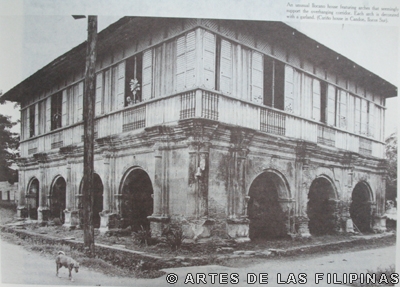

The film Muro Ami, roughly translated as reef-hunters, vividly depicts the life of young children who suffer one of the worst kinds of child labor in the illegal fishing system. Fredo, played by Cesar Montano, is the opportunist and cruel captain of the fishing ship which holds 150 Muro Ami Divers.
The divers hunt fish by pounding and crushing the coral reefs, wherein the fishes reside, to flush them out and scare them into the fishing nets. This style of fishing is discouraged by animal welfare activists because it forces out even the little fish into the net. Thus it disrupts the natural flow of the ecosystem.
But the style of fishing is nothing compared to the harshness done to the Muro Ami divers. Because of a high quota to meet, Fredo forces the divers, mostly children, to complete at least 8 dives a day to meet their goal. Tired and harassed after the burdening task being given to them, they are forced more into sub-human living, in The Aurora, the Muro Ami ship. The lives that the children live under the sea and above the boat makes for a depressing setting because it seems that wherever the characters go, no option is appealing.
The story has a strong social relevance because it depicts a reality that only a few witness. It also touches an intriguing and powerful topic such as child labor. The actors of the film powerfully played their roles and were ultimately believable.
The movie received numerous awards and citations. It was a winner of thirteen awards of its sixteen nominations at the 1999 Metro Manila Film Festival including Best Child Performer (Rebecca Lusterio), Best Story (Marilou Diaz-Abaya, Ricardo Lee, Jun Lana), Best Screenplay (Ricardo Lee and Jun Lana), Best Director (Marilou Diaz-Abaya) and Best Picture. It also received the Jury and Public Choice Award in the Bénodet Filmfest in
The cast of major characters included Cesar Montano as Fredo, Pen Median as Dado, Amy Austria as Susan, Jhong Hilario as Botong, and Rebecca Lusterio as Kabo. The film was directed by Marilou Diaz-Abaya.




